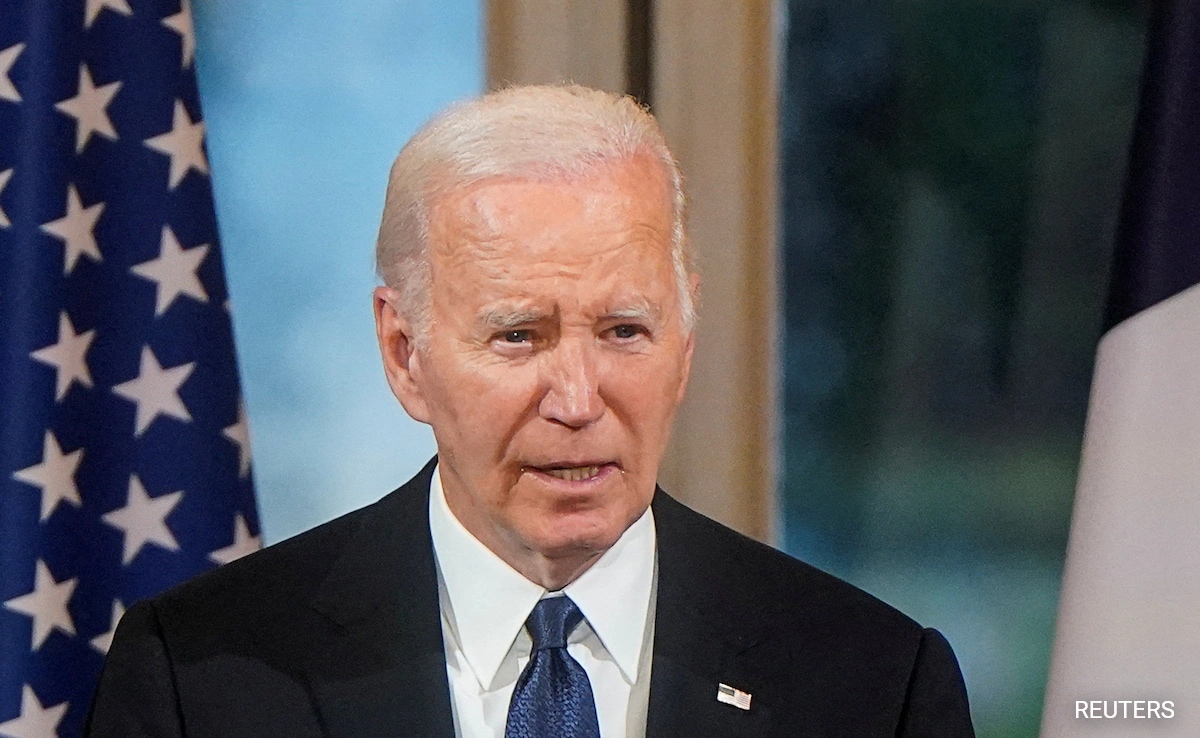Several mortar rounds from the 1971 war were recovered in Tripura
New Delhi:
A large quantity of mortar shells believed to be from the 1971 Indo-Pakistan war, which led to the liberation of Bangladesh, was discovered while excavating a fish pond in West Tripura district’s Rangutia on Thursday. The discovery has caused a stir in the entire area.
Initially, it was unclear whether the shells were from cannons or mortars; later, it was confirmed they were mortar shells.
On getting information, a police team and TSR personnel from the Bamuthia outpost arrived to continue the excavation. A total of 27 mortar shells were recovered.
Anthony Jamatia, the officer-in-charge of the Bamuthia outpost, said 27 mortar shells were found buried at Dulal Nam’s house in Rangutia while digging a fish pond. The shells had been fused together and were estimated to have been buried for approximately 53 years. However, no information has been found regarding the country of origin or the manufacturer of these shells.
Local senior citizens claim that during the 1971 war, the Mukti Bahini frequently travelled and trained in the Bamuthia area. It is believed that the Mukti Bahini might have buried the mortar shells in this location, but later did not need to retrieve them.
The Indian Army’s 4, 33 and 2 Corps had marched toward Bangladesh from three directions. The objective was to capture the “fortress cities” built by Pakistani troops and move through the gaps to take on Dhaka. The fall of Sylhet, Chittagong, Tangail, Khulna, Jessore, etc. ensured no escape route was left.
Dhaka is between the Padma River on its west and Meghna on its east. The Indian Army’s 2 and 33 Corps quickly marched deep into Bangladesh in districts west of the Jamna-Padma river. The Tezpur-based 4 corps started operations to cross the Meghna and finally enter Dhaka.





















